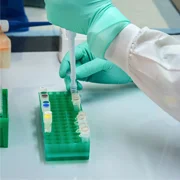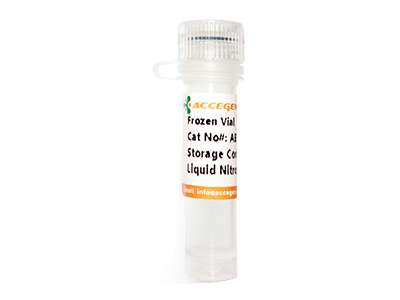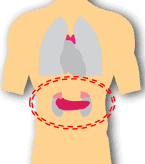-
Happy Holidays from AcceGen! Orders placed during Dec 22–Jan 2 will be processed and shipped after operations resume. Please plan ahead.
Featured Products
- In-Stock Tumor Cell Lines
- Human Orbital Fibroblasts
- Human Microglia
- Human Pulmonary Alveolar Epithelial Cells
- Human Colonic Fibroblasts
- Human Type II Alveolar Epithelial Cells
- Human Valvular Interstitial Cells
- Human Thyroid Epithelial Cells
- C57BL/6 Mouse Dermal Fibroblasts
- Human Alveolar Macrophages
- Human Dermal Fibroblasts, Adult
- Human Lung Fibroblasts, Adult
- Human Retinal Muller Cells
- Human Articular Chondrocytes
- Human Retinal Pigment Epithelial Cells
- Human Pancreatic Islets of Langerhans Cells
- Human Kidney Podocyte Cells
- Human Renal Proximal Tubule Cells
Primary Cells
Explore Products




 PSN-1 is a human tumor cell line that was originally isolated from the pancreas of an age-unspecified male patient with pancreatic adenocarcinoma. PSN-1 exhibits epithelial-like morphology and adherent culture properties. It was established through transplantation into nude mice, originating from the xenograft. PSN1 cells maintain the same elevated levels of both c-myc (50-fold) and activated c-Ki-ras (3-6 fold) with a specific mutation (GGT to CGT at codon 12) as found in the original tumor. it is increased c-myc and c-Ki-ras transcripts are present. The cell line shows loss of one p53 allele and a mutation (AAG to CAG at codon 132) in the remaining allele.
PSN-1 is a human tumor cell line that was originally isolated from the pancreas of an age-unspecified male patient with pancreatic adenocarcinoma. PSN-1 exhibits epithelial-like morphology and adherent culture properties. It was established through transplantation into nude mice, originating from the xenograft. PSN1 cells maintain the same elevated levels of both c-myc (50-fold) and activated c-Ki-ras (3-6 fold) with a specific mutation (GGT to CGT at codon 12) as found in the original tumor. it is increased c-myc and c-Ki-ras transcripts are present. The cell line shows loss of one p53 allele and a mutation (AAG to CAG at codon 132) in the remaining allele.